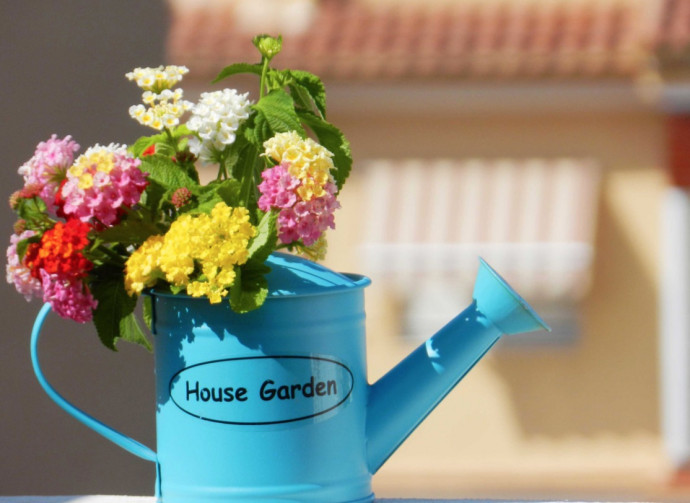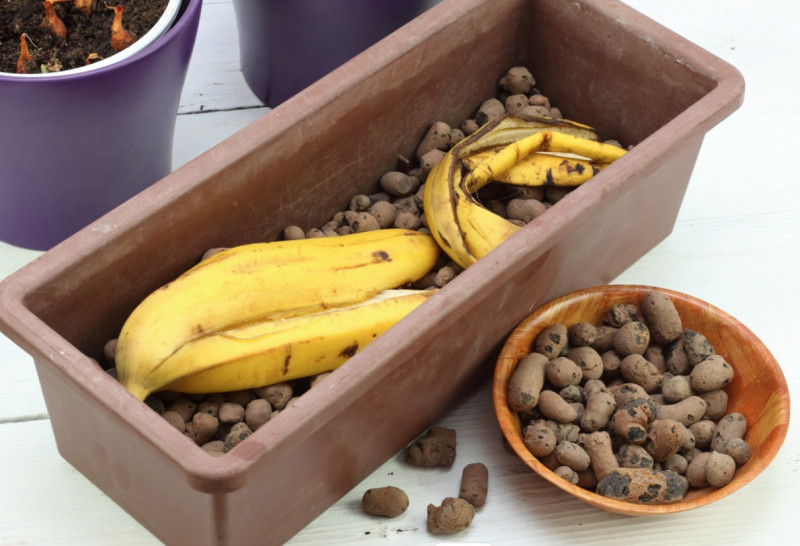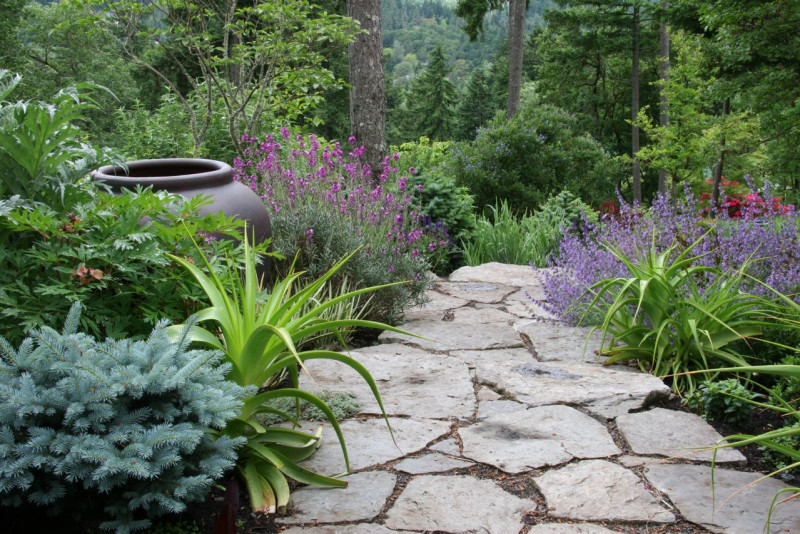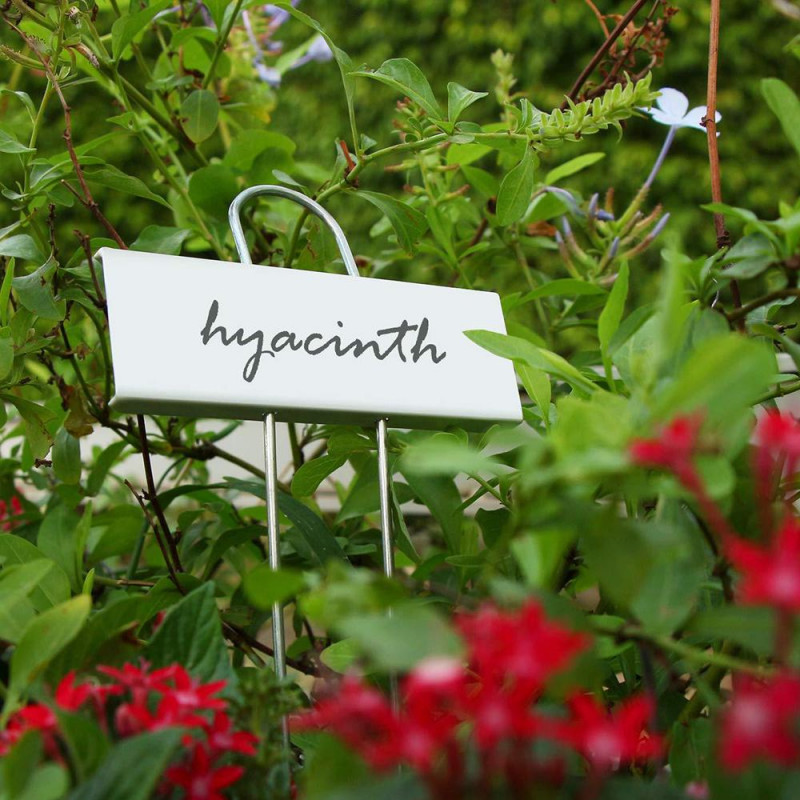9 Incredibly Useful Hints for Yard & Garden

Whether you are brand new to gardening or you have a veteran green thumb, you know that gardening is a rewarding way to spend more time outdoors—or make the most of your indoor space! While gardening is fun, it can also be very challenging. It’s a subtle art and science since many plants require delicately balanced conditions in order to thrive. These gardening tips and tricks are easy and affordable, and will help you to get the best results this year!

1. Banana Peels
Plant, don’t pitch! Tear the peels or cut them with scissors into small pieces and bury them around your roses. Peels provide 3.25 percent phosphorus and 41.76 percent potash. But don’t overfeed; three peels per bush at a time is about right. Stockpile extras by freezing them in half-gallon ice cream containers.
2. Clothespins
Use snap or spring clothespins to train fuchsia and small vines in pots and baskets. Catch the stem through the indentations and clip the jaws to other stems, pot rims, or stakes. Also use it to hang along stems as weights if you are working toward a trailing plant. Remove after a few weeks and the stem will stay in place.
In the garden, use snap clothespins — the type with a spring and two grooves — to train grapevines on the trellis. The innermost groove should fit over the wire and the outer one around the stem. As the vine grows, adjust the pins. Remove at pruning time when they are no longer needed. This idea works well with espaliers or with anything you need to train to wires.
3. Espalier
For small plants to train as miniature espaliers, try the annual balsam. Pinch off the side shoots, so the plant will grow tall and slender; you will be rewarded with a mass of blossoms. The espalier form is still used for training fruit trees on frameworks or against a wall, although it is not as popular as it once was.

4. Flagstone Flattery
A flagstone walk gives interest and drama to the flower garden. To lay the stones in concrete, first wax the upper surface of each flagstone with liquid or paste wax. Cement will not adhere to a waxed surface, so it will be easy to clean off any spills or smears when the job is finished.
5. Foam, Packing
Save that packing foam next time you receive a package. Because it is lightweight, noncompacting, and water-repelling, package foam is good material for hanging baskets and planters.
6. Grass
To keep neat edges on grass along flower beds, paint grass edges with tractor fuel. Use an old four- or five-inch paintbrush. This application will check Bermuda, carpet, and St. Augustine grasses.
7. Knee Pads
These can be as simple as iron-on pads, inside or out, for your blue jeans, or a pair of rubber pads with adjustable straps. They make small garden chores like weeding much easier.

8. Labels
Many flowers look so much alike when they are not in bloom that it is easy to make a mistake when they are dug for replanting or sale. Iris, for instance, is almost impossible to distinguish. Write on the leaves with a magic marker pencil, or for a more permanent label, cut old Venetian blinds in one-foot lengths and write the name of the plant with a wax pencil. When potted, the plant may be inexpensively labeled with a plastic knife. Print out the name of the plant with a name-tape printer, press it onto the knife handle, and push the blade into the soil. This is neat, inexpensive, and long-lasting, especially with potted plants.
Plant labels can also be made from one- by three-inch strips cut from used bleach jugs. Scratch or write on these with a large needle inserted in a two-inch section of wooden broom handle. Next, rub dark shoe polish over the label, and wipe off the excess. This makes the writing both visible and permanent.
Somewhat unusual but neat and practical are the gutter spikes available in seven- or nine-inch lengths from hardware stores. To prevent them from rusting, dip them in rust-resisting enamel and let dry. Then attach the labels with copper wire or plastic twist-ties and drive the spikes into the ground beside the plants.
9. Fertilize smarter—not harder
Nourish gardens and containers with time-release fertilizers that continue feeding for long periods of time. That way, you won’t have to fertilize as frequently.
